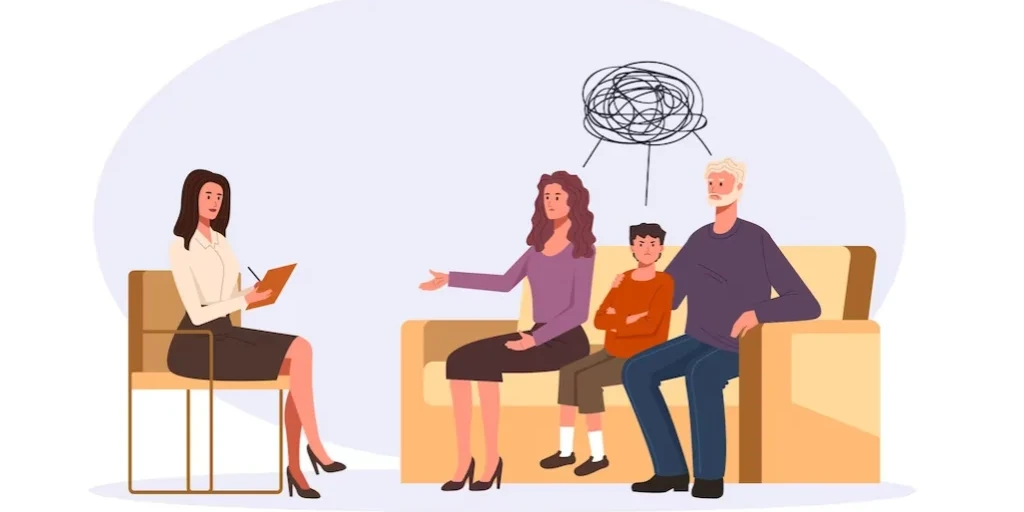24/7 Helpline:
(866) 899-221924/7 Helpline:
(866) 899-2219
Learn more about Dual Diagnosis Rehab centers in Calexico
Dual Diagnosis Rehab in Other Cities

Other Insurance Options

Anthem

MVP Healthcare

Horizon Healthcare Service

United Health Care

Absolute Total Care

UMR

Regence

Health Partners

WellPoint

Kaiser Permanente

Aetna

Highmark

State Farm

Carleon

UnitedHealth Group

GEHA

BHS | Behavioral Health Systems

Molina Healthcare

Amerigroup

Magellan Health

















Imperial County Behavioral Health Services – Children Outpatient
Imperial County Behavioral Health Services - Children Outpatient is committed to serving children an...

Imperial County Behavioral Health Services – Anxiety & Depression – Calexico
Imperial County Behavioral Health Services - Anxiety & Depression provides services to individuals d...






